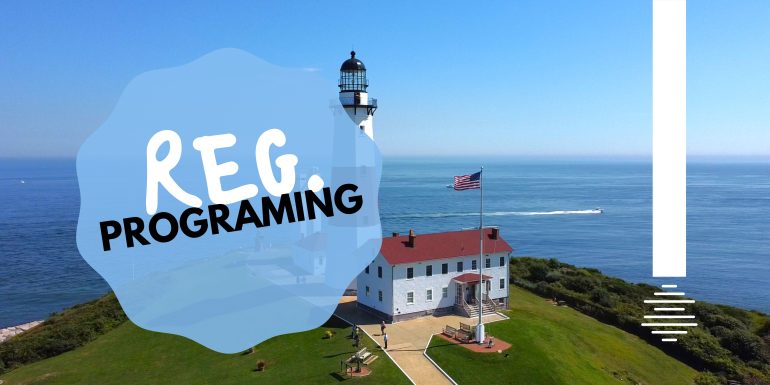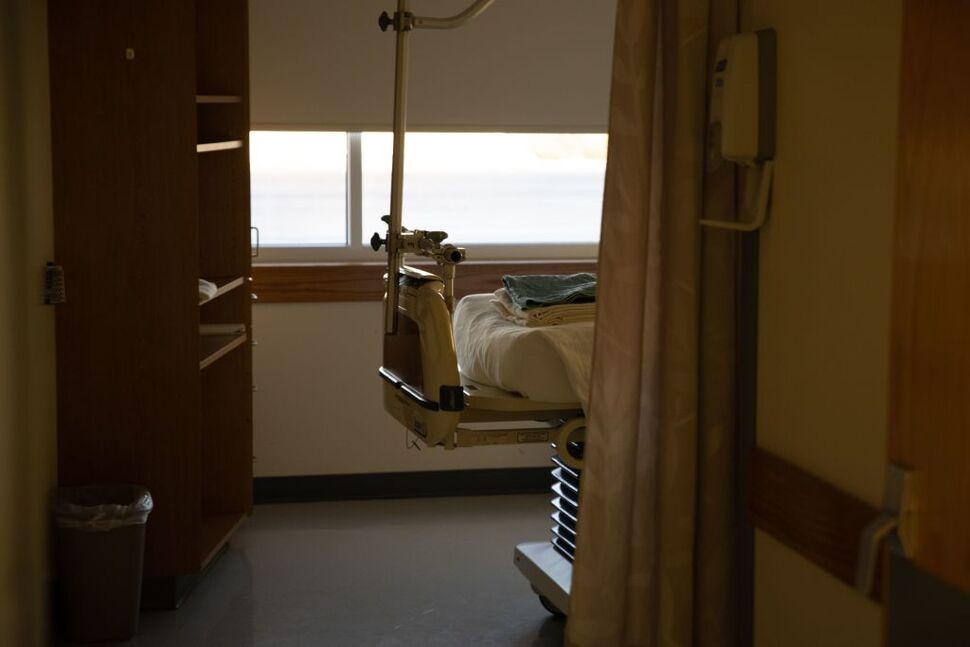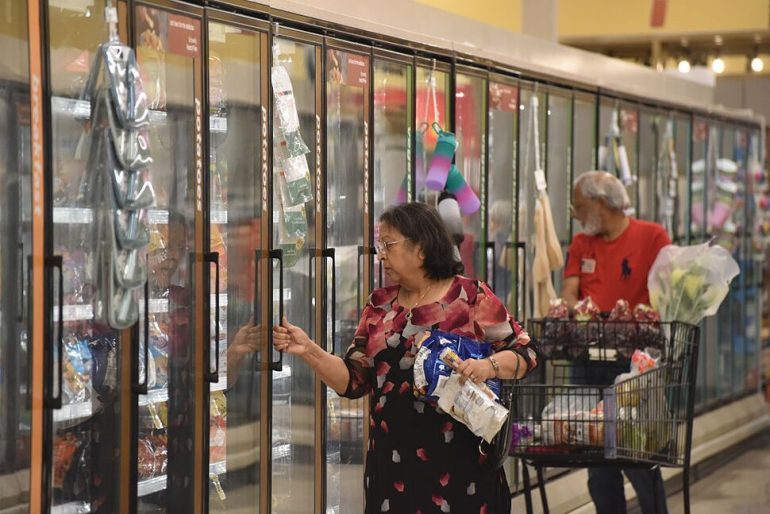Listeners:
Top listeners:
-
 play_arrow
play_arrow
The Breeze Radio The Breeze Radio
Rural hospital associations, medical insurance companies and doctors warn the recent cuts to Medicaid will roil rural communities.
It’s been less than three weeks since Congress passed the “big, beautiful bill” that included drastic Medicaid cuts, but the Oklahoma Hospital Association is already beginning to have hard conversations about how to protect rural hospitals and health care providers.
“We had an announcement of a closure in our hospital just a week ago, and they’re coming because part of this is that hospitals have relied on these special Medicaid payments in order to be able to have a bottom line at the end of the year,” Rich Rasmussen, president and CEO of the Oklahoma Hospital Association says.
Rural hospitals and health care systems are disproportionately vulnerable because of the high percentage of patients they treat who are enrolled in Medicaid. Rasmussen says the association will have to budget for $850 million less each year once the cuts are fully implemented, forcing many to cut back on crucial services.
Dr. Bobby Mukkamala, president of the American Medical Association and a board-certified otolaryngologist in Flint, Michigan, says the cuts will force uninsured recipients to delay seeking care or turn to emergency rooms.
“If you don’t have health insurance, naturally you’re going to think about when do I go in, how much is it going to cost, how am I going to navigate this? So instead, what happens is they come in with a bleeding throat and Stage 4 cancer instead of a little bump in their throat.”
As more than a dozen hospitals and medical providers begin the arduous task of reevaluating their budgets and creating disaster plans, they warn that the fallout from the cuts won’t stop with them and will trickle down to students, small businesses and more, leaving many struggling cities to turn into health care deserts.
Medicaid and Rural Communities
Since its creation in 1965 as part of President Lyndon B. Johnson’s Great Society, Medicaid has become one of America’s largest social safety net programs, covering over 70 million people.
The program is especially vital in rural communities, where 23% of residents rely on Medicaid compared to 20% nationally. It insures half of rural children, covers more than half of rural births and accounts for one-fifth of inpatient discharges. Hospitals, clinics and doctors’ offices depend heavily on Medicaid reimbursements to provide care
The number of enrollees in rural areas has increased in recent years as residents generally earn less, making them eligible for the program. In addition, rural residents are more likely to be self-employed and are less likely to have employer-sponsored insurance.
Natasha Murphy, director of health policy at the Center for American Progress, says Medicaid enrollment increased after President Barack Obama’s 2010 Affordable Care Act expanded eligibility.
The federal government has historically covered most Medicaid costs – a point of contention for Republicans who advocate for less federal spending. As House Republicans pushed to make President Donald Trump’s 2017 tax cuts permanent through a budget reconciliation bill, Medicaid became a target for offsetting the cost.
Changes include expanded work requirements, shifting more costs to states, and stricter eligibility and verification rules. While the cuts aim to reduce federal spending – Medicaid currently makes up one-fifth of all health care spending – by more than $1 trillion over 10 years, analysts warn this could leave over 11 million Americans without full coverage.
Written by: Joshua Stuart
Similar posts
Recent Posts
Recent Comments
No comments to show.-

Regular Programing
Playing those non-stop feel good tunes from the 60s to the 90s.
close Chart
-
-
 play_arrow
play_arrow
You Are (Single Edit) Lionel Richie
-
-
-
 play_arrow
play_arrow
Da Ya Think I'm Sexy? (2008 Remaster) Rod Stewart
-
-
-
 play_arrow
play_arrow
I Just Called to Say I Love You (Single Version) Stevie Wonder
-
-
Top popular

How the Passage of the ‘Big, Beautiful Bill’ Could Impact Med Students and Hospitals

2 Charged In Connection With Unlicensed Cannabis Sales At Smoke Shops In Brookhaven Town: Cops

Brood Of 7 Ducklings Saved From Storm Drain On Long Island Expressway

Man Dies After Being Pulled Unresponsive From LI Pool: Police

New ALDI Discount Grocery Store Coming To Long Island
Get in Tune with Us!
Reach out to us for inquiries, requests, or collaborations, and let’s keep the music alive.
© 2025 Stuart Broadcasting Studios. All Rights Reserved.













Post comments (0)